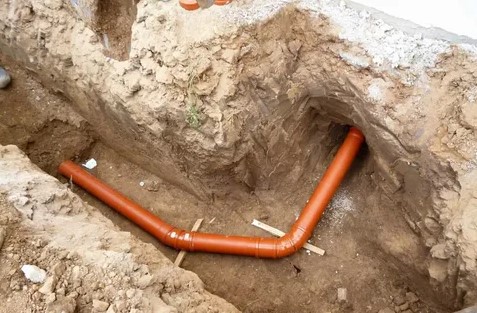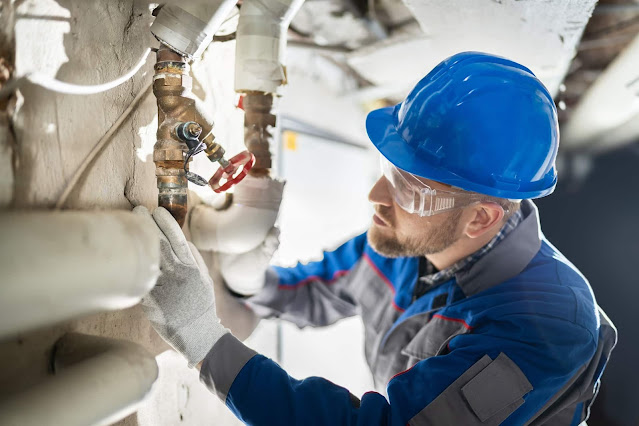Navigating Underground: A Comprehensive Guide to Sewer Locate Services in California
In the labyrinth of California's underground infrastructure, sewer lines play a vital role in maintaining the functionality of residential, commercial, and municipal properties. However, locating these essential conduits can often be a challenging task, especially when it comes to renovations, repairs, or new construction projects. That's where sewer locate services come into play, offering expertise and technology to map out these critical pathways accurately. In this guide, we'll delve into the importance of sewer locate services in California, their methodologies, and how they can benefit property owners and contractors alike.
Understanding Sewer Locate Services
Sewer locate services involve the use of advanced technology and specialized equipment to identify the precise location of underground sewer lines. These services are indispensable for various reasons, including:
-
Preventing Damage: Accidental damage to sewer lines during construction or landscaping projects can result in costly repairs and environmental hazards. By accurately locating sewer lines beforehand, property owners and contractors can avoid potential damages.
-
Planning and Design: For renovation or construction projects, knowing the exact location of sewer lines is crucial for planning and designing new structures or utility connections. Sewer locate services provide essential information that ensures projects proceed smoothly without unexpected complications.
-
Compliance and Safety: Compliance with local regulations regarding sewer lines is mandatory for property owners and contractors. Failing to adhere to these regulations can lead to fines and legal liabilities. Sewer locate services help ensure compliance and promote safety by providing accurate information about sewer line locations.
Methodologies Used in Sewer Locate Services
Sewer locate services employ various methodologies and technologies to accurately map underground sewer lines. Some of the common techniques include:
-
Ground Penetrating Radar (GPR): GPR uses high-frequency radio waves to penetrate the ground and detect subsurface structures, including sewer lines. This non-invasive method provides real-time data without the need for excavation.
-
Electromagnetic (EM) Locating: EM locating involves the use of electromagnetic signals to identify buried utilities, including sewer lines. By emitting signals from above ground, technicians can trace the path of underground conduits accurately.
-
Acoustic Detection: Acoustic detection utilizes sound waves to locate leaks or breaks in sewer lines. By listening for unusual sounds or vibrations underground, technicians can pinpoint the exact location of potential issues.
Benefits of Sewer Locate Services
Investing in sewer locate services offers numerous benefits for property owners and contractors, including:
-
Cost Savings: By avoiding accidental damage to sewer lines, property owners can save significant costs associated with repairs and cleanup.
-
Time Efficiency: Accurate sewer line mapping streamlines construction and renovation projects, reducing delays and ensuring timelines are met.
-
Environmental Protection: Preventing sewer line damage minimizes the risk of environmental contamination, preserving natural resources and ecosystems.
-
Enhanced Safety: By identifying potential hazards underground, sewer locate services contribute to a safer work environment for construction crews and property occupants.
Conclusion
In the intricate network of California's underground infrastructure, sewer locate services serve as invaluable assets for property owners, contractors, and regulatory agencies alike. By employing advanced technologies and methodologies, these services ensure the accurate mapping of sewer lines, promoting efficiency, safety, and compliance. Whether embarking on a renovation project or planning new construction, investing in sewer locate services is a proactive step towards mitigating risks and facilitating successful outcomes.
posted by Pure Plumbing Company In CA @ February 21, 2024
0 Comments
![]()


